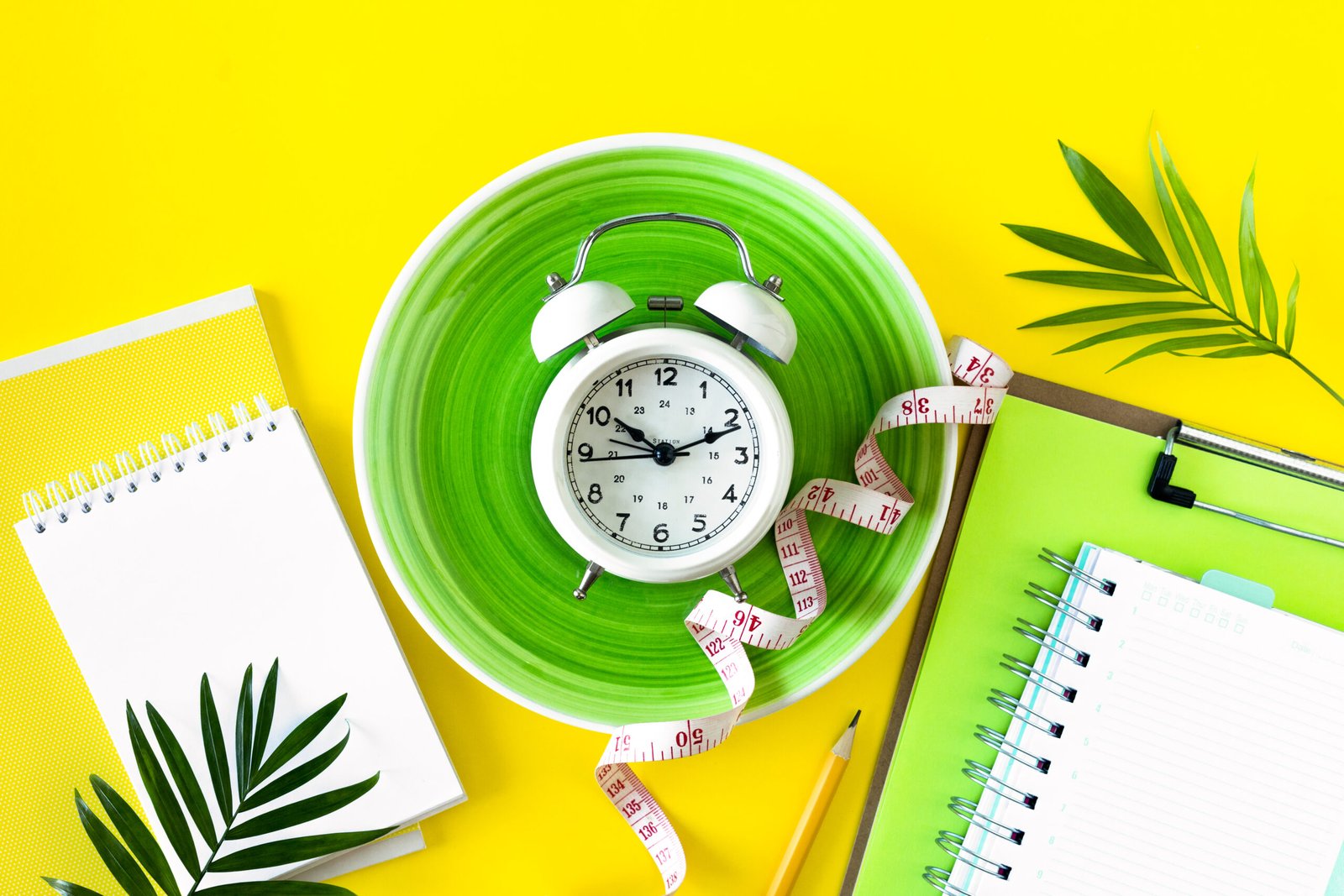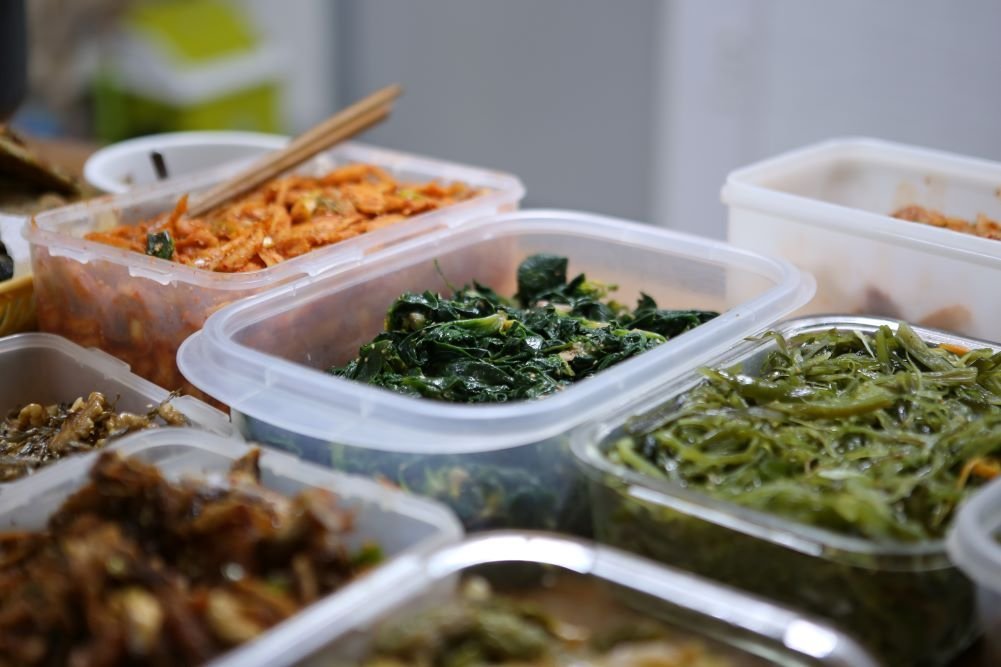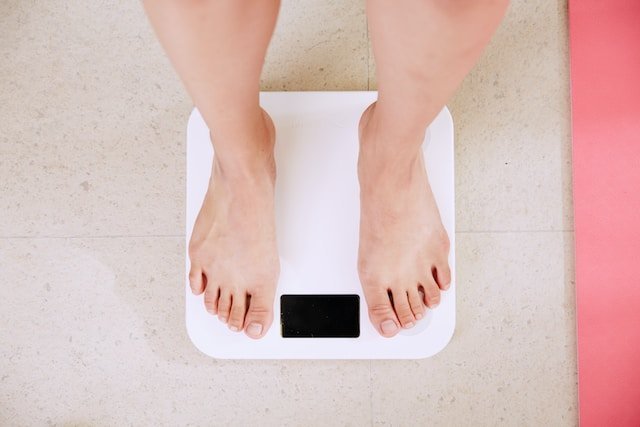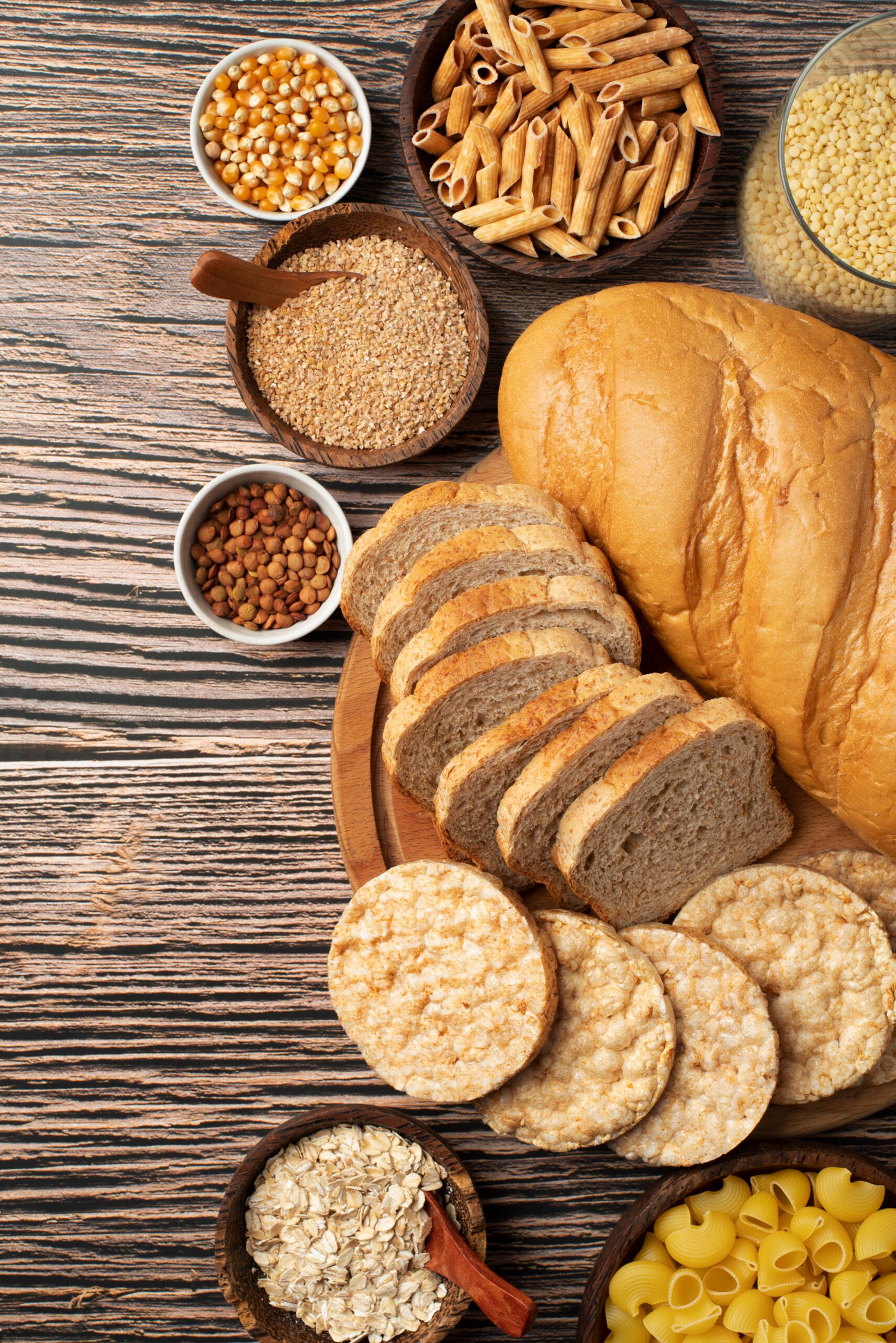
Menopause may increase a woman’s risk of developing high blood pressure, although the exact connection remains under investigation. Some studies suggest that the rise in blood pressure after menopause is largely linked to increased body mass index (BMI) or weight gain during this life stage [1].
Other research indicates that postmenopausal women may become more sensitive to salt, meaning their blood pressure is more likely to be influenced by dietary sodium intake, increasing the risk of hypertension [2].
Hormonal changes during menopause may also play a role. As oestrogen levels decline relative to androgens, the continued production of androgens in postmenopausal women has been associated with arterial stiffness, vascular inflammation, and vasoconstriction — all of which can contribute to elevated blood pressure [3].
These factors — weight gain, increased salt sensitivity, and hormonal shifts — often work together to predispose postmenopausal women to hypertension. When high blood pressure co-exists with high cholesterol, the risk of heart disease significantly increases.
The good news? Small, consistent lifestyle changes can help manage high blood pressure, especially when combined with the right dietary approach.
The DASH Diet: A Proven Way to Reduce Hypertension
One of the most researched diets for high blood pressure treatment is the DASH diet, short for Dietary Approaches to Stop Hypertension [4].
Developed by the U.S. National Institutes of Health (NIH), the DASH diet helps reduce hypertension naturally, with or without medication. The core principle is simple: eat more foods that lower high blood pressure and fewer foods that contribute to it.
The DASH diet focuses on cutting back sodium, adding plenty of vegetables, fruits, and low-fat dairy, and including moderate amounts of whole grains, fish, poultry, and nuts. It helps boost your intake of potassium, calcium, and magnesium—nutrients that help counterbalance excess sodium and support heart health. Red meat, sweets, and fatty foods aren’t entirely off-limits but should be enjoyed in moderation [4].
12 Practical Tips to Lower High Blood Pressure Naturally
1. Cut Back on Sodium
Sodium is one of the biggest contributors to high blood pressure. The DASH diet recommends limiting sodium intake to 1,500 to 2,300 mg per day, roughly two-thirds to one teaspoon of salt.
Why reduce sodium? Excess salt draws water into your blood vessels, increasing blood volume and raising arterial pressure. Over time, this strains your heart and increases the risk of heart disease and stroke.
How to reduce sodium:
- Use less table salt, sauces, seasoning powders, and salty condiments
- Flavour food with herbs, spices, garlic, ginger, pepper, and chili; or low-sodium sauces
- Cut back on canned foods, soups, instant noodles, sauces, and processed snacks
- Choose canned foods packed in water, not brine. If using brined items like beans, rinse thoroughly before eating
- Read food labels and avoid products where sodium-based ingredients (e.g., MSG, baking soda, sodium preservatives) appear among the first three listed
2. Choose Whole Grains
Aim for 6 servings of whole grains daily. Whole grains are rich in fiber and nutrients that support heart health. One serving equals 1/2 cup of cooked cereal, rice, noodles or pasta; 1 slice of bread; or 1-ounce dry cereal.
3. Eat More Vegetables and Fruit
Vegetables and fruits provide potassium, which helps offset sodium’s negative effects and naturally lowers blood pressure. Aim for at least 4 servings of vegetables and 4 servings of fruit daily. One-serving of vegetable is 1 cup raw leafy green vegetable, 1/2 cup cut-up raw or cooked vegetables, or 1/2 cup vegetable juice. One serving of fruit is one medium fruit, 1/2 cup fresh, frozen or canned fruit, or 1/2 cup fruit juice.
4. Don’t Skip Dairy
Low-fat or fat-free dairy products supply calcium, protein, and vitamin D — all vital for blood pressure control. Aim for at least 2 servings daily. A serving of dairy is 1 cup skimmed or 1% milk; 1 cup low-fat yogurt; or 1.5 ounces of low-sodium, part-skim cheese.
5. Focus on Lean Protein
Lean meat, poultry, and fish provide protein, B vitamins, iron, and zinc. Limit intake to 6 ounces daily, roughly two palm-sized portions. Trim visible fat, remove poultry skin, and opt for grilled, baked, or lightly stir-fried dishes. One egg is equal to an ounce of meat.
Vegetarians should include at 3 – 4 servings of protein-rich foods such as beans, lentils, tofu, tempeh, nuts, or seeds daily. One serving of meat alternatives includes: 1 large or 2 small blocks of tofu; 1/2 cup cooked lentils, peas or beans; or 1 handful of almonds (28g).
6. Add Heart-Healthy Fish
Oily fishlike salmon, sardines, mackerel, and tuna are rich in omega-3 fats, which lower triglycerides and support heart health. Aim for fish a few times a week.
7. Snack on Nuts, Seeds, and Legumes
Include 4 to 5 servings of nuts, seeds, or legumes every week. These foods provide magnesium, potassium, protein, fiber, and heart-healthy fats. One serving is 1/3 cup nuts, 2 tablespoons peanut butter, 2 tablespoons seeds, or 1/2 cup cooked dried beans or peas, also called legumes.
Vegetarians may meet this target more easily, while meat-eaters can swap in legumes or nuts for meat a few meals per week.
8. Be Mindful with Fats and Oils
Stick to 2 to 3 servings of healthy fats daily. While fat is essential, too much adds unnecessary calories. Prioritize monounsaturated fats like olive or canola oil. One serving is 1 teaspoon soft margarine, 1 teaspoon vegetable oil, 1 tablespoon mayonnaise or 2 tablespoons salad dressing.
9. Keep Sweets to a Minimum
Limit sweets or added sugars to 5 servings or fewer a week. One serving is 1 tablespoon sugar, jelly or jam, 1/2 cup sorbet or 1 cup lemonade.
Consider non-nutritive sweeteners like stevia or sucralose to satisfy your sweet tooth without excess sugar.
10. Watch Alcohol and Caffeine
Excess alcohol raises blood pressure. Women should limit intake to one drink per day. The DASH diet doesn’t strictly limit caffeine, but caffeine can cause temporary blood pressure spikes. If you notice an effect, consider cutting back [4].
11. The DASH Diet and Weight Loss
The DASH diet isn’t designed for weight loss, but by focusing on nutrient-rich foods and cutting back on processed, fatty, and sugary items, many naturally lose weight. To support weight loss, reduce overall calorie intake, especially from fats and sugars, while following DASH principles.
12. Move More for Better Results
Physical activity is as important as diet. Aim for at least 30 minutes of moderate exercise most days. Regular exercise helps manage weight, reduces stress, and directly improves blood pressure control. The key is consistency — stopping exercise can cause blood pressure to creep back up.
The Takeaway
Managing high blood pressure doesn’t require drastic changes. By adopting the DASH diet, cutting back on sodium, prioritizing foods that lower high blood pressure, and staying active, you can naturally reduce hypertension and protect your heart.
Small, consistent lifestyle changes make all the difference — and your heart will thank you for it.
Disclaimer Notice The information provided on this website, www.veveva-nutrition.com, is for general informational purposes only and is not intended as medical advice, diagnosis, or treatment. It should not replace consultation with a qualified healthcare professional. VeVeva Nutrition Pte Ltd (“VeVeva”), its directors, employees, affiliates, and partners make no representations or warranties regarding the accuracy, completeness, or reliability of the information provided. If you have any health concerns, are taking long-term medication, or are under medical supervision, please consult a doctor or qualified healthcare professional before making any changes to your diet, lifestyle, or treatment. Never disregard professional medical advice or delay seeking it because of something you have read on this website.
References
1.Cifkova R, Pitha J, Lejskova M, Lanska V, Zecova S. Blood pressure around the menopause: a population study. J Hypertens. 2008;26:1976–1982. doi: 10.1097/HJH.0b013e32830b895c. [DOI] [PubMed] [Google Scholar][Ref list] https://pubmed.ncbi.nlm.nih.gov/18806621/
2.Barris CT, Faulkner JL, Belin de Chantemèle EJ. Salt sensitivity of blood pressure in women. Hypertension. 2023;80:268–278. doi: 10.1161/HYPERTENSIONAHA.122.17952. [DOI] [PMC free article] [PubMed] [Google Scholar][Ref list] https://pubmed.ncbi.nlm.nih.gov/35997024/
3. Piťha J, Vaněčková I, Zicha J. Hypertension after the Menopause: What Can We Learn from Experimental Studies? Physiol Res. 2023 Jul 31;72(Suppl 2):S91-S112. doi: 10.33549/physiolres.935151. PMID: 37565415; PMCID: PMC10660576. https://pubmed.ncbi.nlm.nih.gov/37565415/
4. NIH – National Heart Lung And Blood Institute . (2019, August 30). NIH – NHLBI – DASH Eating Plan. Retrieved from NIH – NHLBI – Health Topics: https://www.nhlbi.nih.gov/health-topics/dash-eating-plan/




